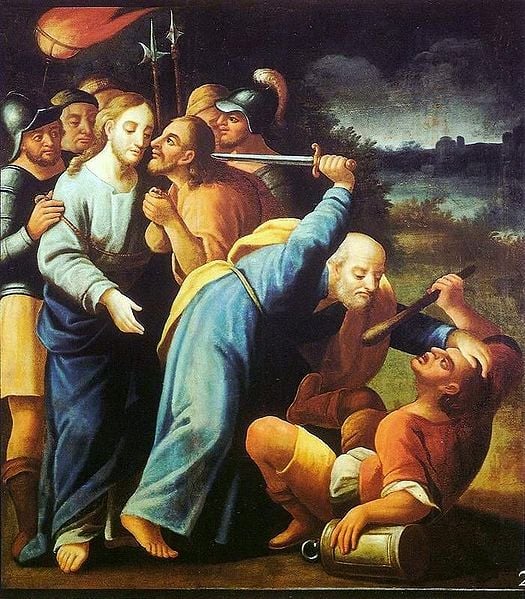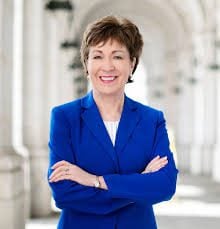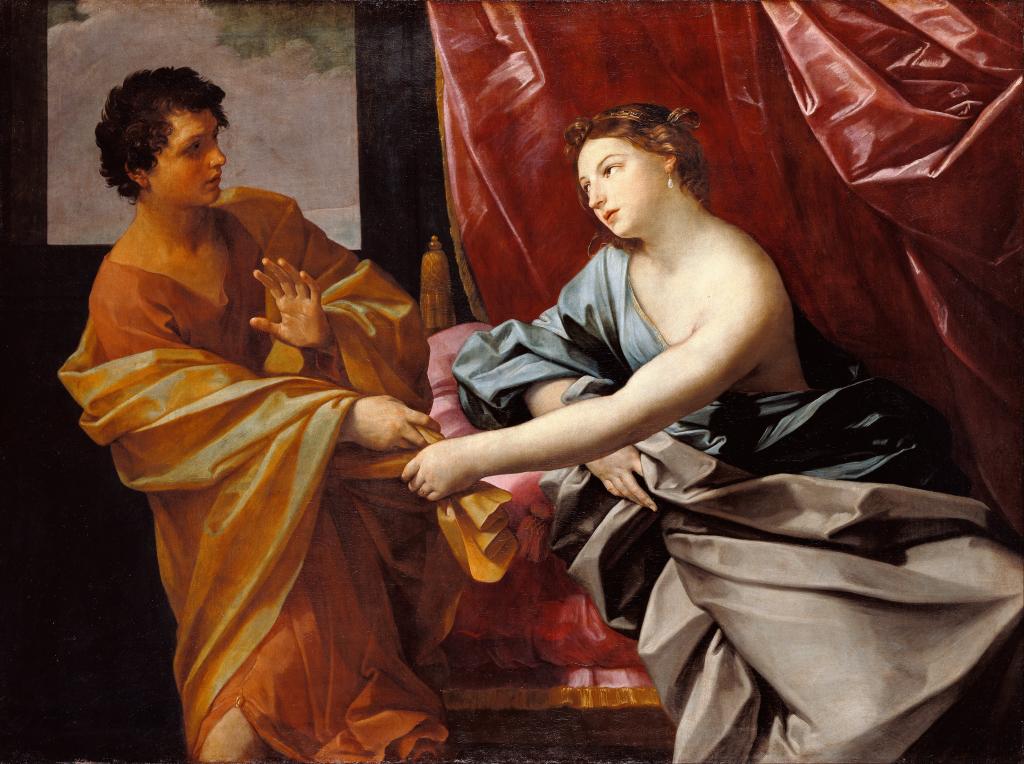The first time I was asked to teach Sunday School, I was petrified. Though I’d grown up with a mother who teaches for a living, surrounded by other family members who were interested in teaching in one form or another, I’d never considered myself a teacher and didn’t imagine I could be at all effective in that role.
The joke is that since then I’ve fallen in love with teaching and am in fact a teacher by profession, but I’ve never forgotten how frightening and difficult that first teaching experience can be. At the time, I was team-teaching the Sunday School class with someone else, and when we came upon a lesson about the priesthood, I was grateful that it was his week to teach. As a woman, I don’t hold the priesthood, and after growing up without anyone in my home holding the priesthood, I felt like I knew nothing about it and felt like I’d make a muddle of the manual’s lesson plan.
But when I tried to express my relief to my male co-teacher, a funny miscommunication occurred: “I’m so glad it was you teaching this week,” I said, “and not me, given the topic.” To which he responded, “Me too. I know you feel, as a feminist.” I’d never expressed any of my views on the topic with him, but knowing that I was a feminist, he assumed a) that I resented not holding the priesthood and b) that those feelings would make me unfit to teach a lesson on the topic.
It’s no secret that Mormon feminists tend to have strong feelings about The Church’s gender division when it comes to leadership in the church. It’s also no secret that the gender division is largely mediated by the question of who possesses the priesthood, and which roles and callings require a member who holds the Melchizedek priesthood (held by most adult men who are active in the church). But the way Mormon feminists approach this issue varies greatly from person to person, as one article pointed out last year, many Mormon feminists take moderate stances, looking for changes in church policy that do not require extending the priesthood to women.
I’m definitely among the moderate camp when it comes to Mormon women and the priesthood, but I still have strong feelings about the way members discuss the priesthood, and this past Sunday all those feelings resurfaced when I sat in yet another troubling Sunday School lesson about the priesthood. I want to make it clear before I continue that I’m not trying to criticize anyone in my current congregation, and in fact there were some really wonderful, inspiring, and interesting comments and questions mixed in with the issues that troubled me. Plus, I’m grateful to any teacher who tackles this topic, since it still intimidates me a little. But given that the standard Sunday School lesson manual has Mormon congregations all over the world covering that lesson in February, it seems like an opportune time for the Mormon feminist in me to talk about the way we talk about the priesthood.
1. The priesthood is not just for men, so let’s stop discussing it like it is. I know some of my fellow feminists will differ with me as to whether the priesthood is about men, but that’s not the type of discussion I’m critiquing: what I’m concerned about are all the times that, with excellent intentions, members nevertheless approach lessons with one take-away for men: you need to hold the priesthood, and an equally male-centered take-away for women: you need to encourage the men in your life to hold the priesthood. But as the church leaders make clear, “the blessings of the priesthood are available to all” (see Conclusion). If the point of the priesthood is service, then let’s focus on that aspect when we discuss its purpose in our life. Let’s all, male and female alike, share stories of times we’ve been blessed by the power of the priesthood, which is God’s power, not the power of men. And yeah, priesthood holders should probably also share stories about being able to bless others through the priesthood.
2. Men are not synonymous with the power of the priesthood, so let’s not use “priesthood” to refer to both concepts. Linguistically, there are reasons why we occasionally refer to the men who hold the priesthood as “the priesthood.” Linguistically, there is some precedence for using it that way, and I’m not going to deny that. BUT because we Mormons use that term to refer to God’s power, it is incredibly important that we not conflate the two. So please, if you’re in the habit of saying “the priesthood” as a general term for a group of Mormon men, STOP. We’ve all done it, I’m not judging, but let’s try a little of President Uchtdorf’s good old advice to STOP IT. Not convinced? Well, peruse the lesson manual and you’ll note that the church went to great lengths to use the term “faithful priesthood holders” when referring to the men who hold the priesthood. Let’s respect that distinction.
3. Priesthood is NOT the male counterpart to motherhood, so cut the “separate but equal” crap. As a feminist, I am actually okay with not having the priesthood in my mortal life. If President Monson announced tomorrow that the priesthood would be available to all faithful, worthy women, you can bet I’d rejoice. But I accept this current division of roles, on faith. What I’m not okay with is other people spouting silly speculation to explain this division, because the speculation itself tends to be hurtful to men and women alike. For instance, telling women that motherhood is their version of the priesthood is hurtful to all women who can’t have children yet, despite living a faithful life.
And it’s hurtful to men who are excellent fathers when we take fatherhood out of the equation. And when we say that men have the priesthood because without it they’d be lazy, or that they need it in order to grow close to God, while women are already there – that’s incredibly hurtful to men. So let’s just cut the speculative crap. I’m not saying that we shouldn’t have thoughtful discussions on these roles, just that we need to stop presenting speculation as if it were doctrine.
4. Lessons should help us change and improve our own lives, so let’s make sure that when we’re assigned to teach lessons on the priesthood, we always come back to questions and comments that can relate directly to members’ own lives. In past congregations, I’ve been in some lessons where we spent all class diagramming hierarchies on the board. While I am not opposed to learning about the leadership hierarchy in the church and how it relates to the priesthood, those discussions do us no good if we don’t also discuss specific ways to apply that knowledge in our own lives. And no, “it’s just good to know” is not a specific application to anyone’s life. So teachers, if the church’s hierarchy is the one aspect of the manual’s lesson plan that you choose to focus on – you better have and communicate a very good reason.
5. Everything we study in church should be centered on the Savior and his Atonement. We all know that, but sometimes in the midst of a lesson we can forget. Well, we can’t afford to forget. So, no matter what sub-topics of the priesthood we choose to cover as teachers, and no matter what comments we choose to make as students, let’s take the time to ask ourselves what it has to do with the Savior. If what you’re teaching and saying is doctrine, I promise you, the connection is there – we simply might need to tease it out.











